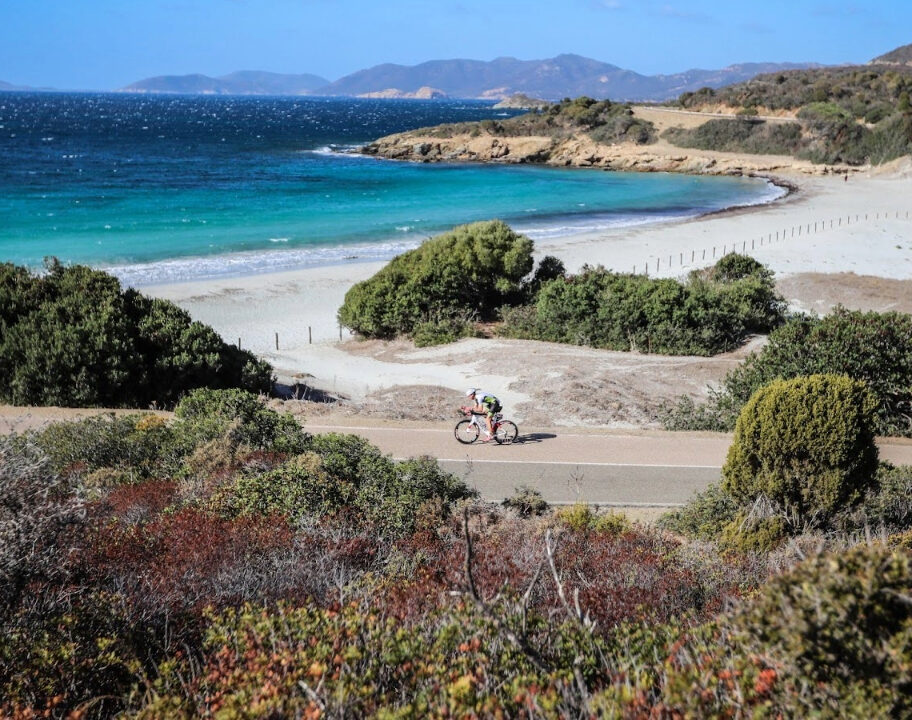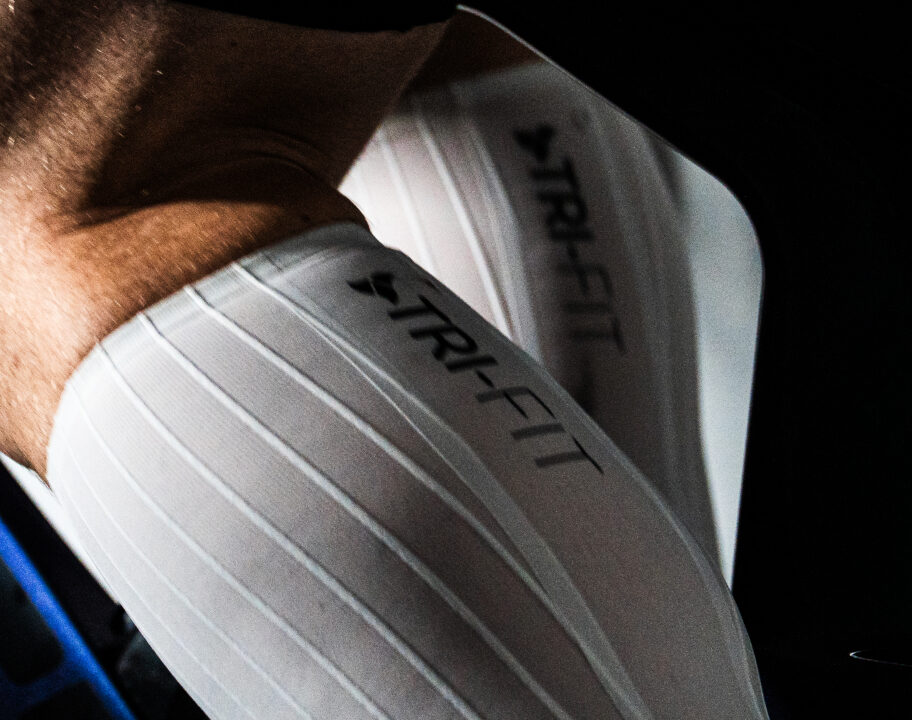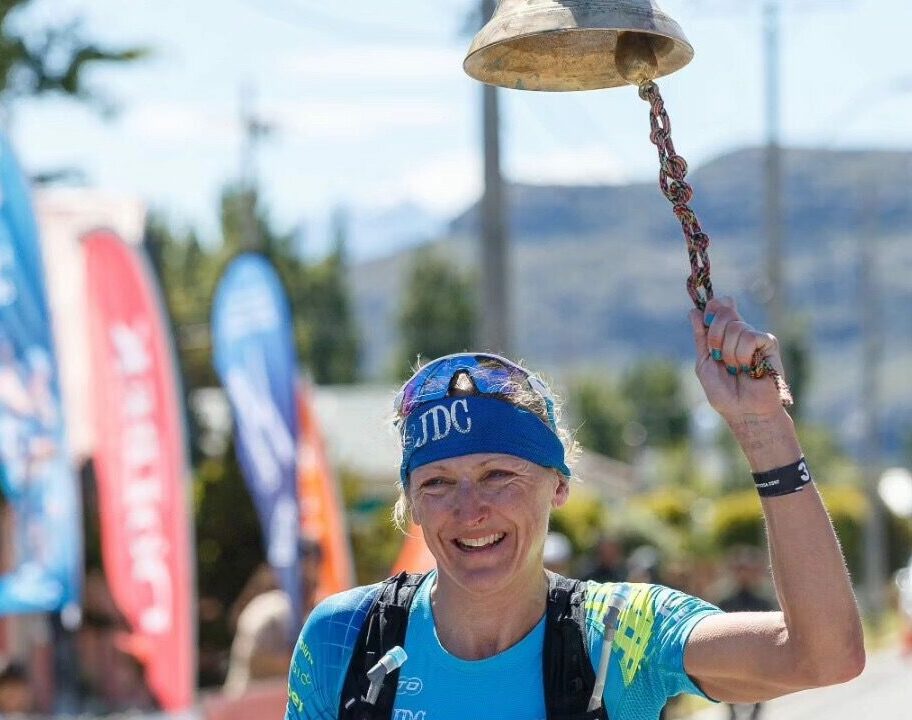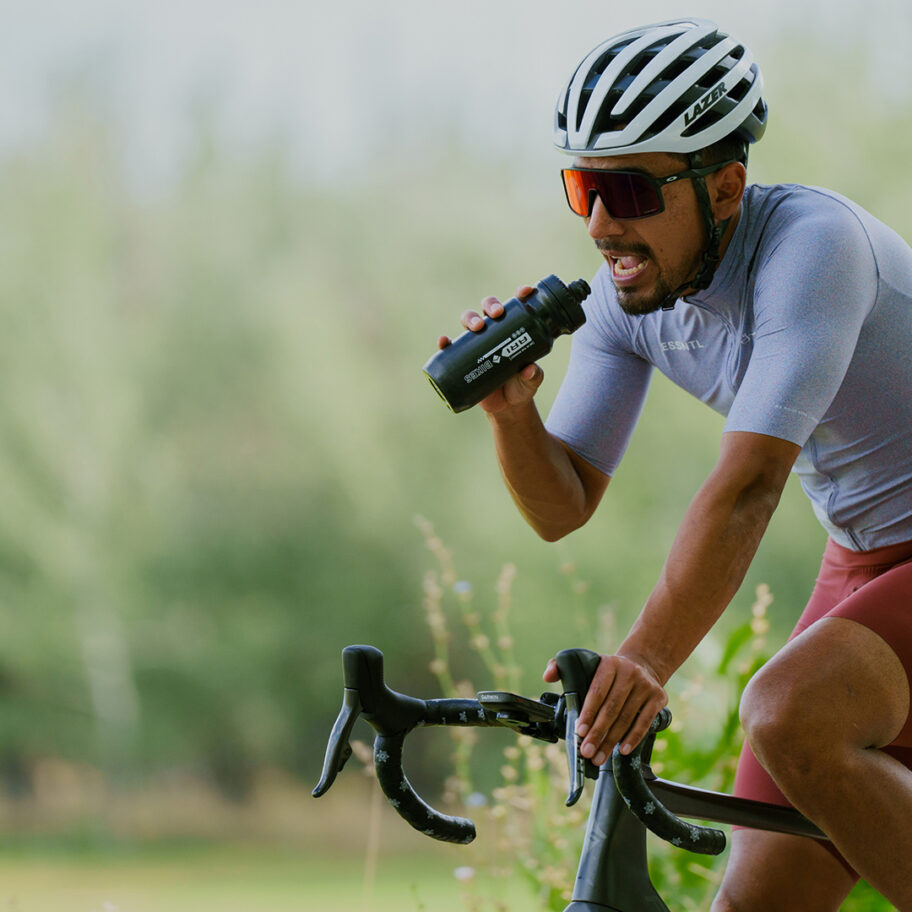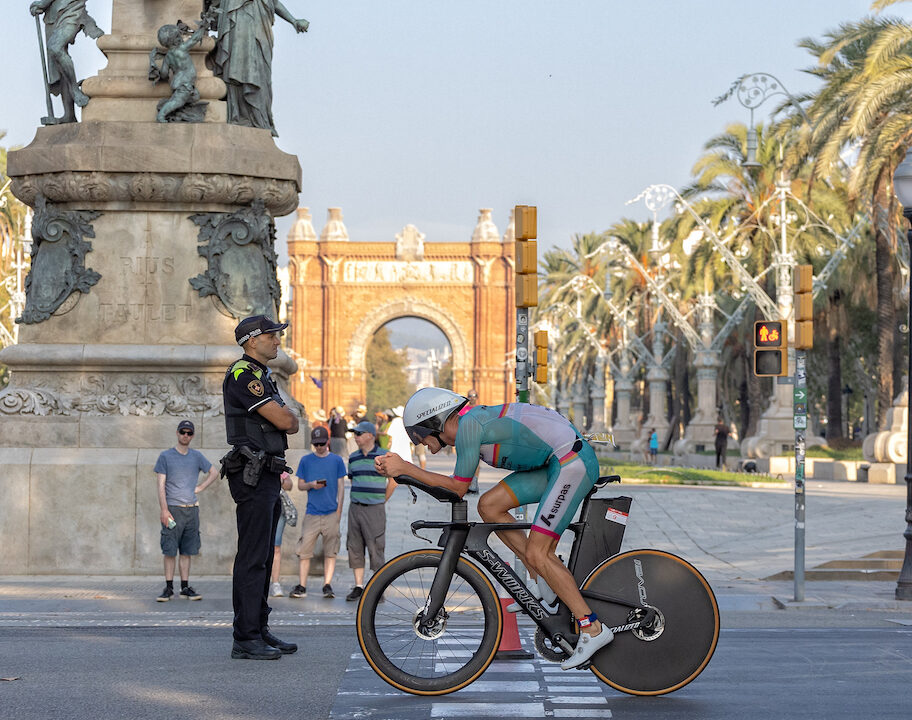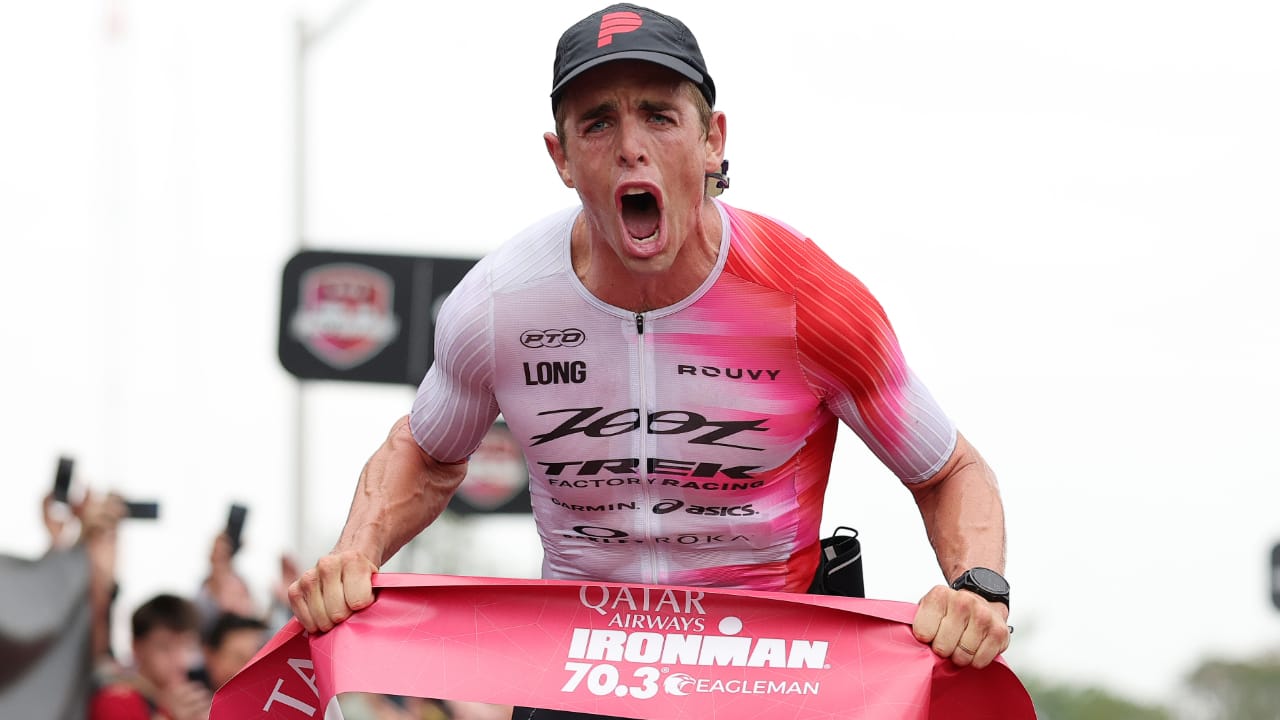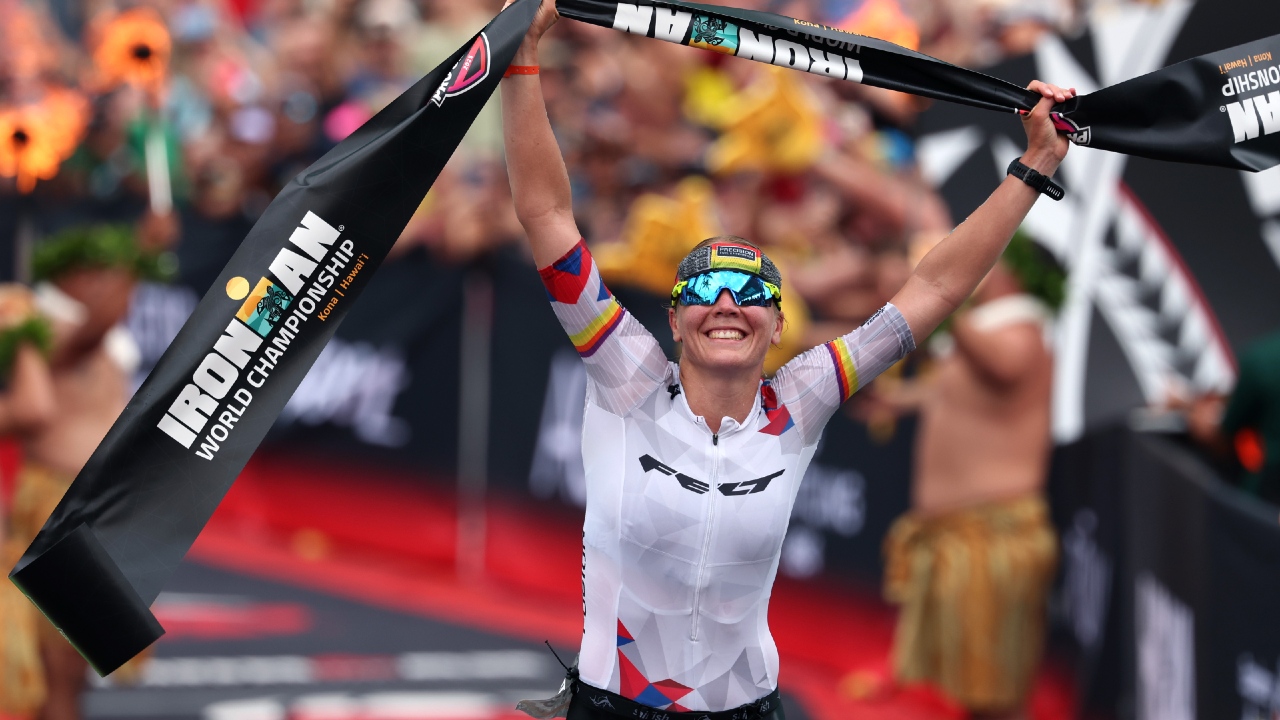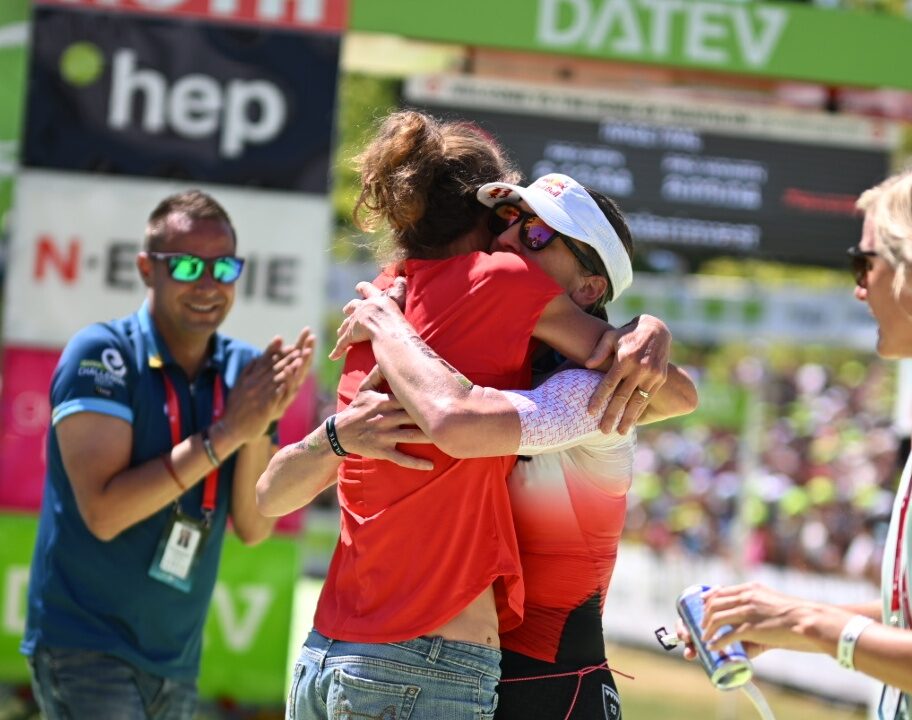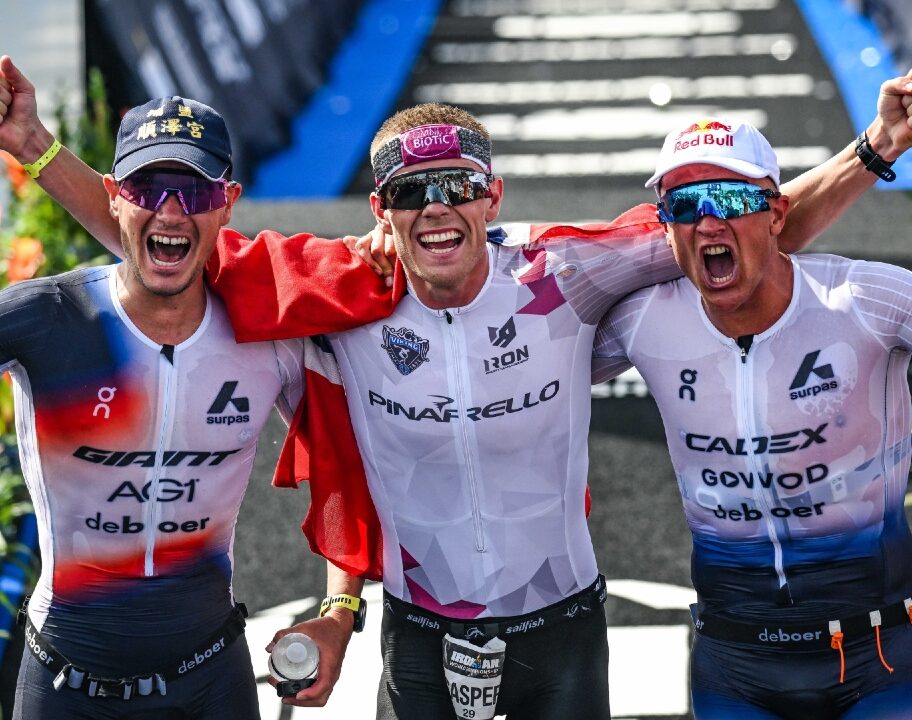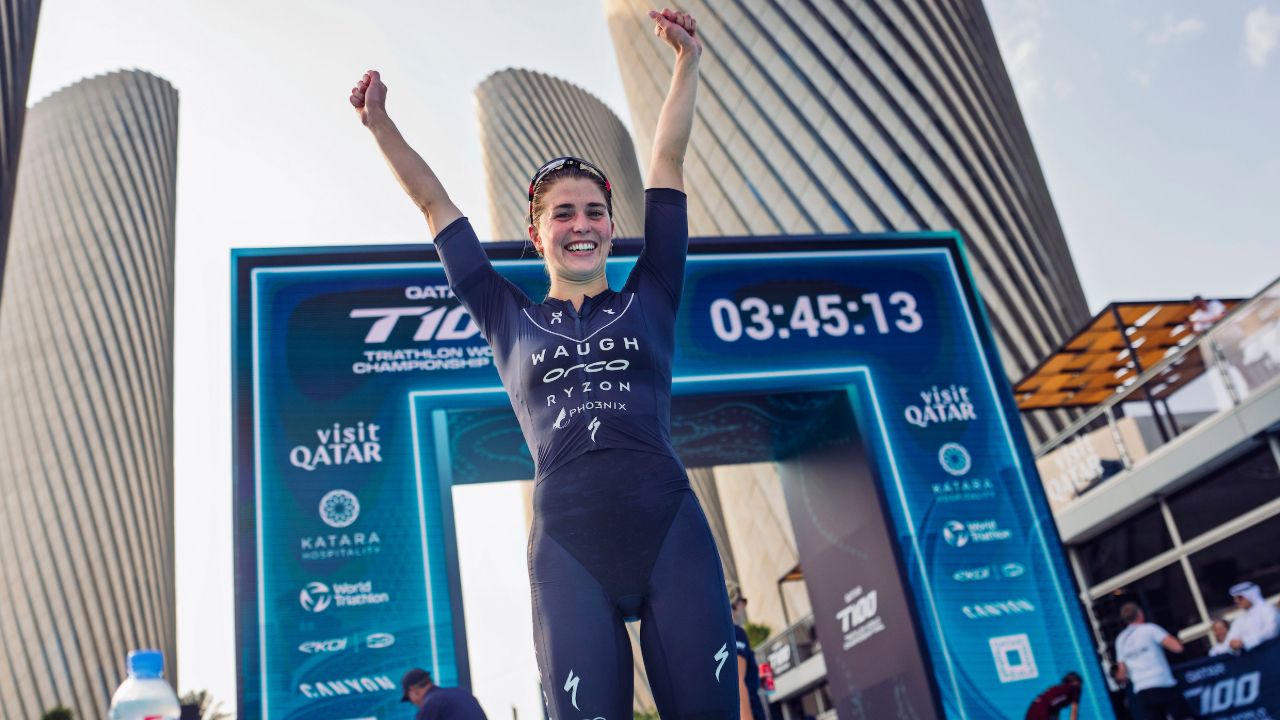As competition grows fiercer and finish times get quicker, dialling in on marginal gains through kit and equipment has seemingly become more important in the triathlon world than ever before.
When we look at the evolution of triathlon gear through the ages, we often turn to the bikes, the helmets and the running shoes. But what about the triathlon clothing itself? From denim cut-offs and Speedo briefs, to ultra-engineered tri suits loaded with watt-saving technology. Since the first swim-bike-run races in the 1970s, triathlon clothing has undergone a dramatic makeover through the decades, as both triathletes and brands strive to gain the competitive edge.
We look at how triathlon clothing has changed over the years, find out just how much the right tri suit can improve your performance and ponder the question: what will the triathlon clothing of the future look like? Will we come full circle and return to the minimalist Speedo and tank top ensembles of the early 80s which provide much amusement to the modern day triathlete? Or will we witness even more tri suit innovation that helps the already blisteringly fast paces out on the race course get even quicker?
Bare necessities: The OG triathlon clothing
In the early days, the triathlon clothing that athletes wore was very much about function rather than technical performance. Participating in the first ever Ironman race in 1978, the late Dave Orlowski famously set off on his bike wearing a pair of denim cut off shorts. “As for cycling shorts mine were real technical. The night before the event I took scissors and cut off a pair of blue jeans so I would have shorts with pockets to stick money in for stopping to get food or drink.” The carefully constructed chamois pads and dialled in nutrition plans we see today were a thing of the future, with Orlowski making use of the pockets on his make-shift denim shorts to whip out cash at gas stations and a McDonalds to fuel his 112 mile ride.
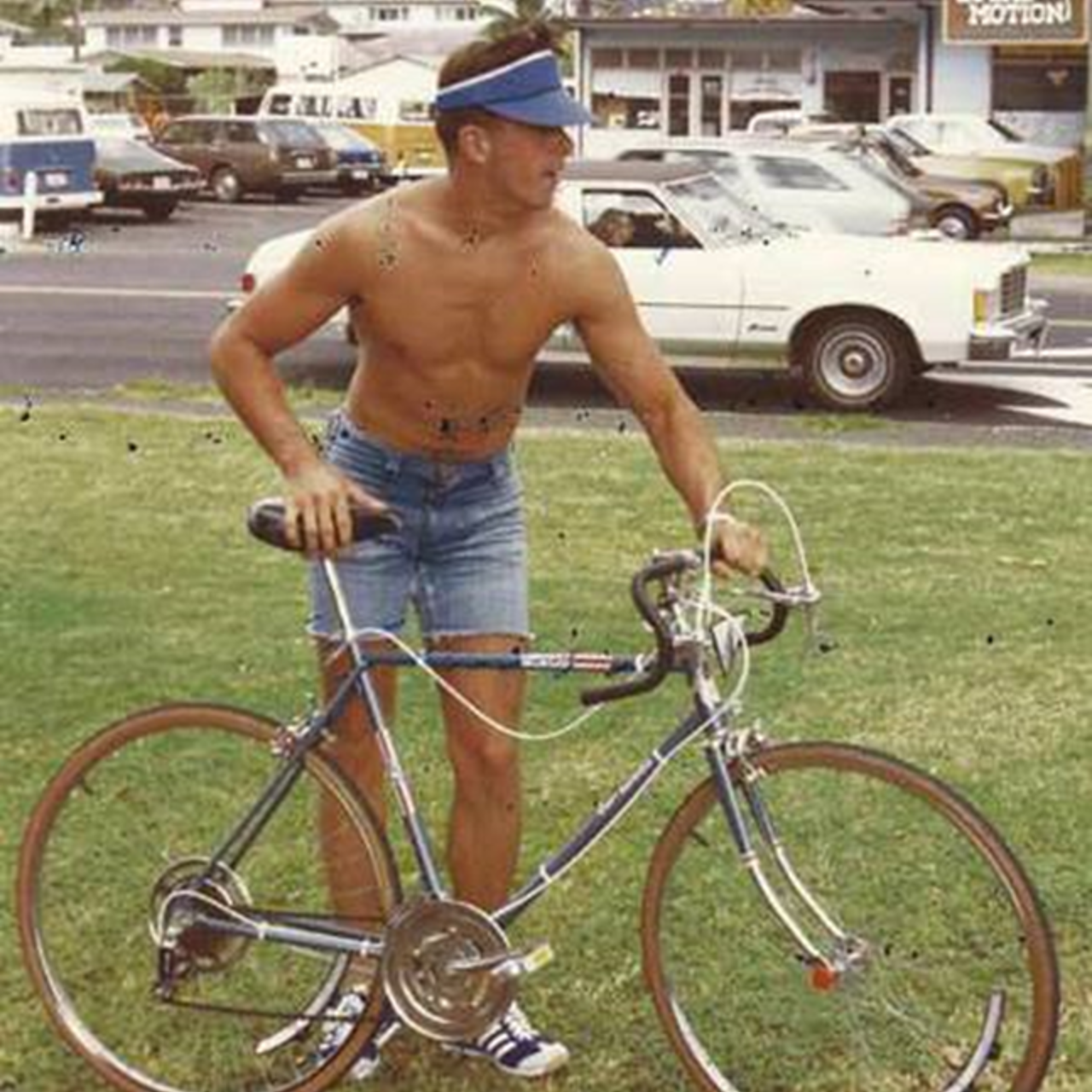
An account of the second edition of the Ironman event in 1979, discovered in the archives of Sports Illustrated, describes the previous year’s silver medallist, John Dunbar, turning up in a Superman outfit made by the sister of one of his support crew. Meanwhile defending champion, Gordon Haller “huddled in a rain jacket”. Kit choices came down to what would best facilitate getting through the three triathlon disciplines, with less thought given to performance or sleek aesthetics.
Triathlon clothing in the 80s and 90s
As the sport of triathlon grew, the kit choices in the 80s and 90s became a touch more technical than the denim shorts or Superman outfits witnessed in the early days. The men would often compete in Speedos and cropped tank tops, or opt for cycling shorts. Meanwhile the women would race in one-piece swim suits. And while still a far cry from the balance of comfort and performance we see in tri suits today, these kit choices were at least starting to err on the side of aerodynamics.

Many athletes would change into running shorts and singlets for the final leg of the race. The images of the famous Iron War between Dave Scott and Mark Allen in 1989 see the pair sporting kit we might be more accustomed to seeing runners wear in a standalone marathon or track meet.
The creation of the first tri suit
Recognising the inefficiency of getting changed between the three triathlon disciplines, Crystal Nylin created the first iteration of a tri suit in Hawaii in 1983. She sewed pads into shorts, so that athletes wouldn’t have to lose time changing outfits in transition.
Through the 90s and the 2000s, triathlon clothing more akin to what we see out on the race courses these days became more prevalent. Athletes typically raced in all-in-one sleeveless tri suits or opted for tight-fitting two piece triathlon outfits.
The next level: today’s tri suits have seriously upped the triathlon clothing game
Gone were the denim shorts and the baggy singlets of the 80s by the time the 90s and the early 2000s rolled around. Triathlon gear was becoming more technical, and more performance focused. But in the last decade, we have seen a real step change in just how technical triathlon clothing has become.
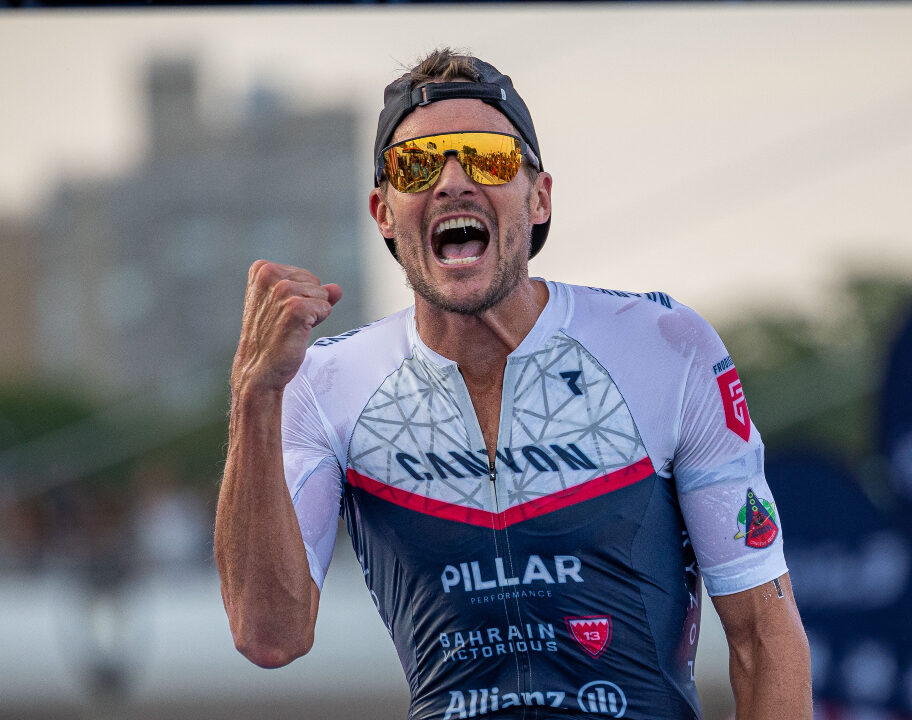
Athletes have raised the bar for triathlon performance, time after time. As the sport has grown, so has the importance of dialling in every single bit of kit to maximise gains – from bikes, to helmets, to tri suits. Triathletes are constantly searching for the kit that will give them the extra 1%. And brands are responding with product development and innovation that has taken triathlon clothing offerings to the next level.
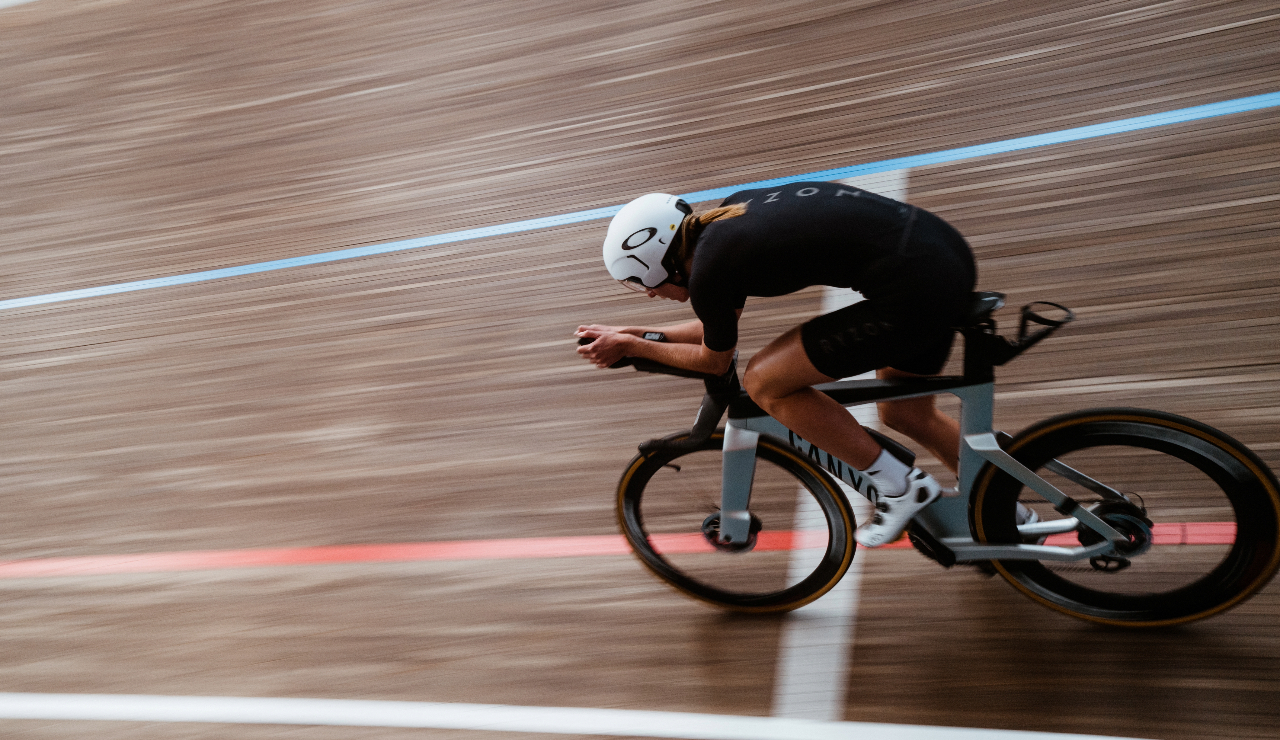
These days, tri suits aren’t manufactured – they’re engineered. Tri suits are subject to rigorous testing, in labs, wind tunnels and velodromes. Kit is created not just with comfort and convenience in mind, but with the aim of pushing the boundaries of athletic performance. We’ve seen an evolution. From the simplicity of running shorts and vests, to tri suits offering hydrodynamic coatings, watt-saving aerodynamic tuning and temperature regulating materials.
Can the right tri suit improve your performance?
It goes without saying that any tri suit is going to offer quicker race times versus a full kit change in transition. So for a triathlon beginner, investing in a tri suit is worth it for the instant performance improvement.
But for more seasoned triathletes looking to get every drop of performance out of themselves come race day, just how much of a difference can your choice of tri suit make to your finish times? Clearly, the more aerodynamic your suit the faster you’ll be able to ride – particularly key for the flat race courses where aero is everything.
Some tri suits claim to offer power savings of up to 12 watts, which over the longer distances could take valuable time off your bike split. For non-wetsuit swims, hydrodynamic materials found in many of the latest suits can help to reduce drag. And when it comes to the run, technology such as Coldblack® combined with the latest evolutions in quick-wicking materials can be a game-changer for staying cool and finishing strong.
How triathlon apparel brand Born Bound helped Kieran Lindars save 30 watts on the bike
In 2024, British PRO Kieran Lindars had a career-changing performance at IRONMAN Frankfurt, finishing in 2nd place behind Olympian Kristian Blummenfelt. And speaking after the race, Lindars revealed that he and his team had been on a mission to save 30 watts on the bike.
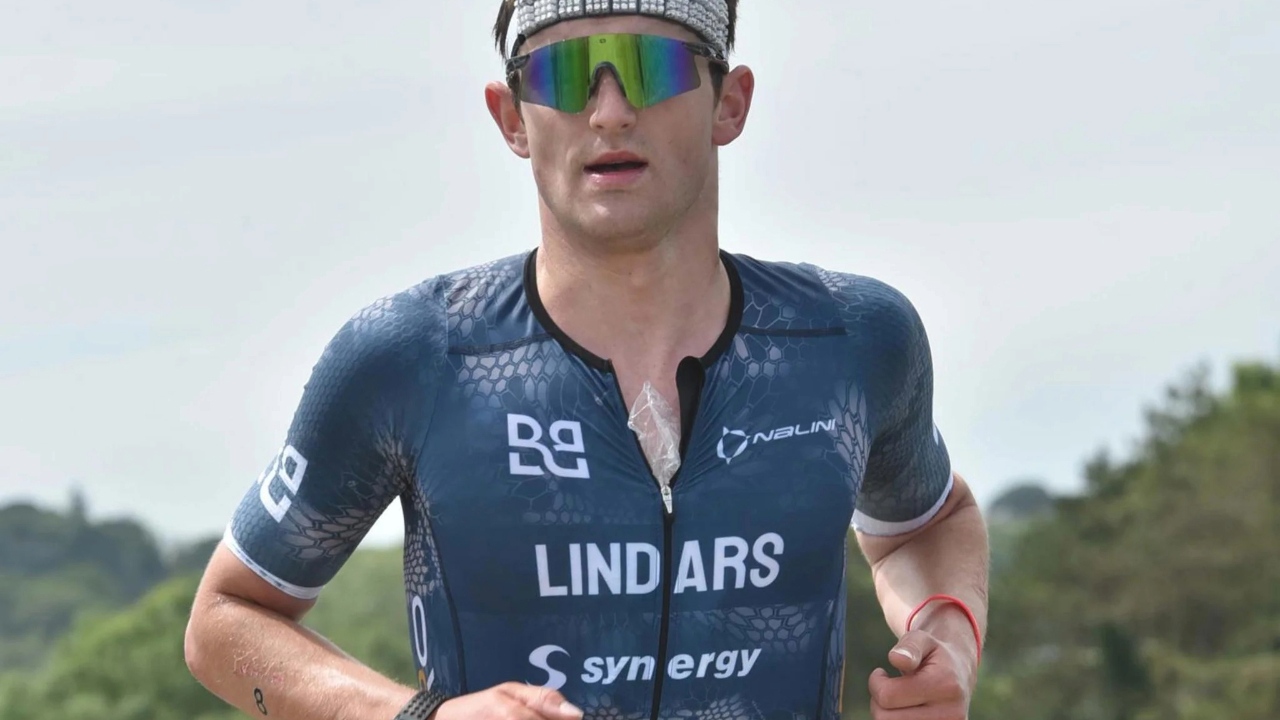
“The question for me was, how can I get as aero as possible? I think the partners and the team around me, helped me save about 30 watts on the bike, which, if you’re riding at 300 watts is a huge percentage gain.”
As part of the 30 watt project, Lindars worked extensively with his apparel sponsor – Born Bound – to develop the PRO edition of their Skärvatten tri suit. Using cutting-edge fabrics and textures, Born Bound were able to give Lindars almost half of that 30 watt saving he was after – simply by wearing a new tri suit.
“My skin suit saves me 14 watts over the next best competitor and that’s tested quite a lot.”
PRO triathlete Kieran Lindars on the aero gains from his Born Bound tri suit.
What might triathlon clothing look like in the future?
The triathlon landscape is only going to get more competitive, as athletes continue to test the limits of what’s possible. Brands are continuously researching and developing ways to make their kit the fastest on the market – but you have to wonder how far this innovation can go. Will the tri suits we see out on the race courses in 10 years’ time look drastically different to the suits of today? Or will kit regulations come into place that will see triathletes return to the bare necessities Speedos and tank tops of triathlon history?
Research into aerodynamic performance has already seen some brands move away from the striped aero sleeve fabric on their tri suits, in favour of dimpled material based on golf ball technology. And with more athletes opting to store a hydration system in the front of their suit on the bike to further enhance their aero gains, we might even see tri suits being redeveloped to offer a ‘built-in’ solution.
Without a crystal ball, perhaps only time will tell. But we picked one triathlon apparel expert’s brain all the same to get their thoughts on what the next evolution of triathlon clothing could look like:



